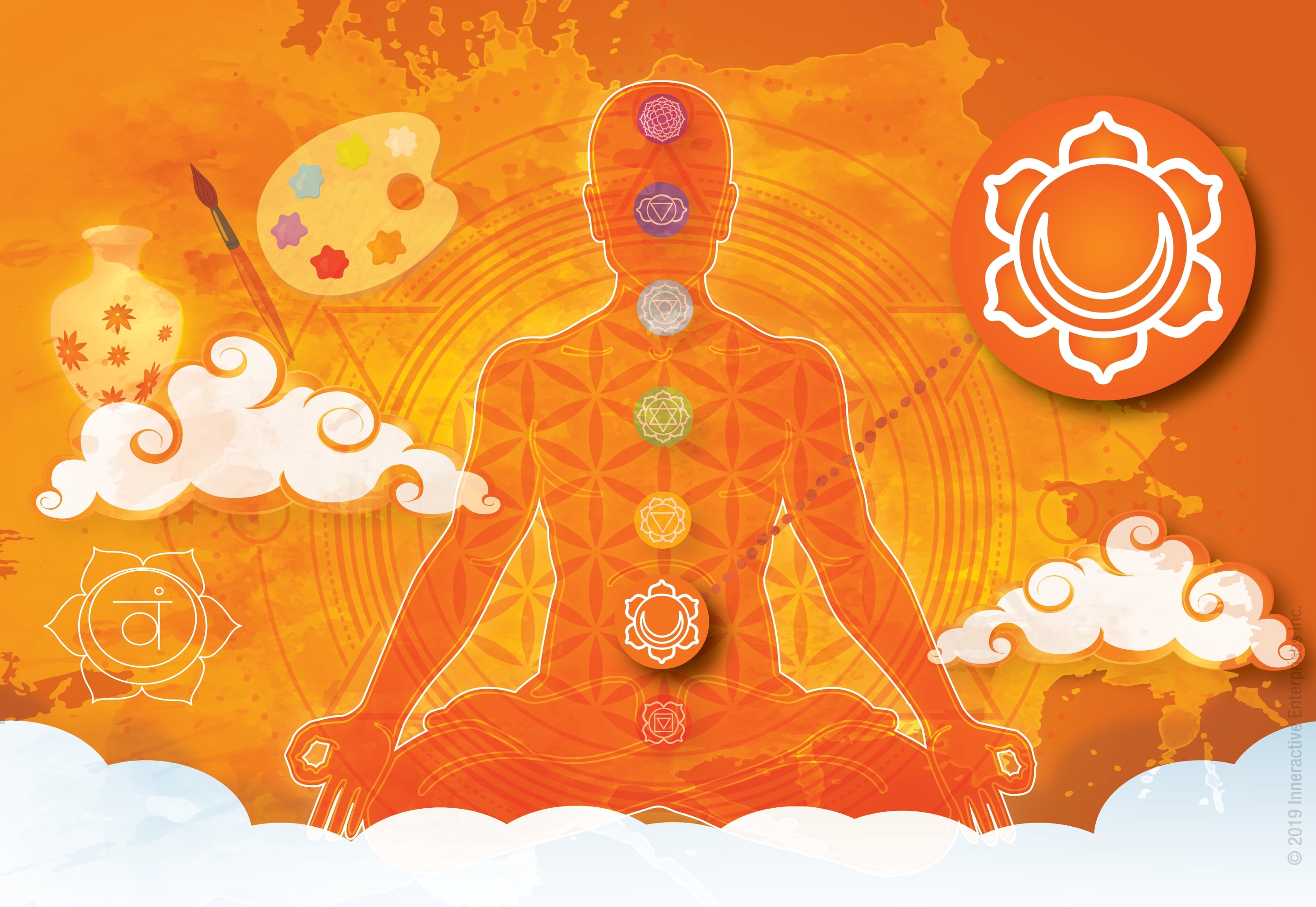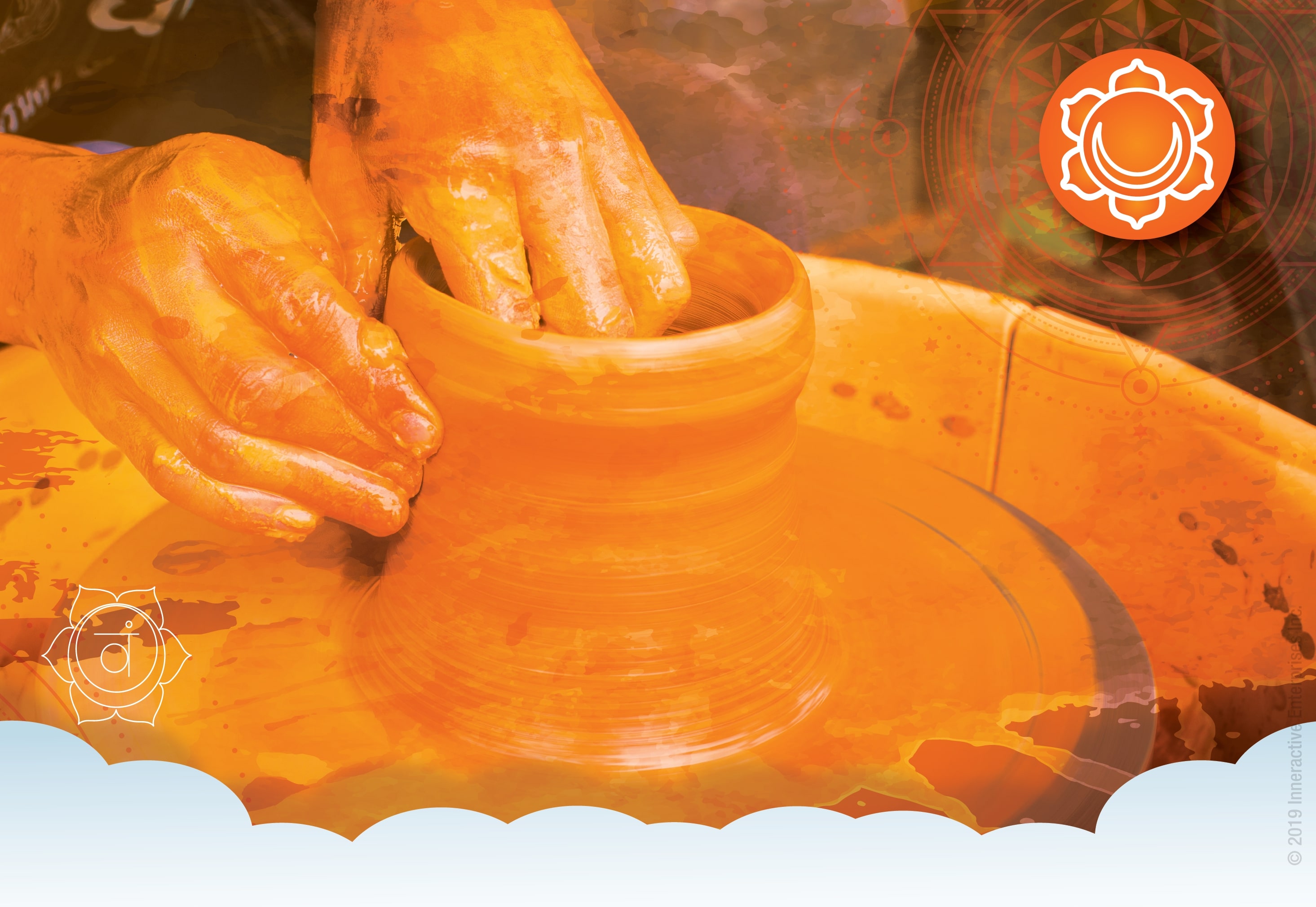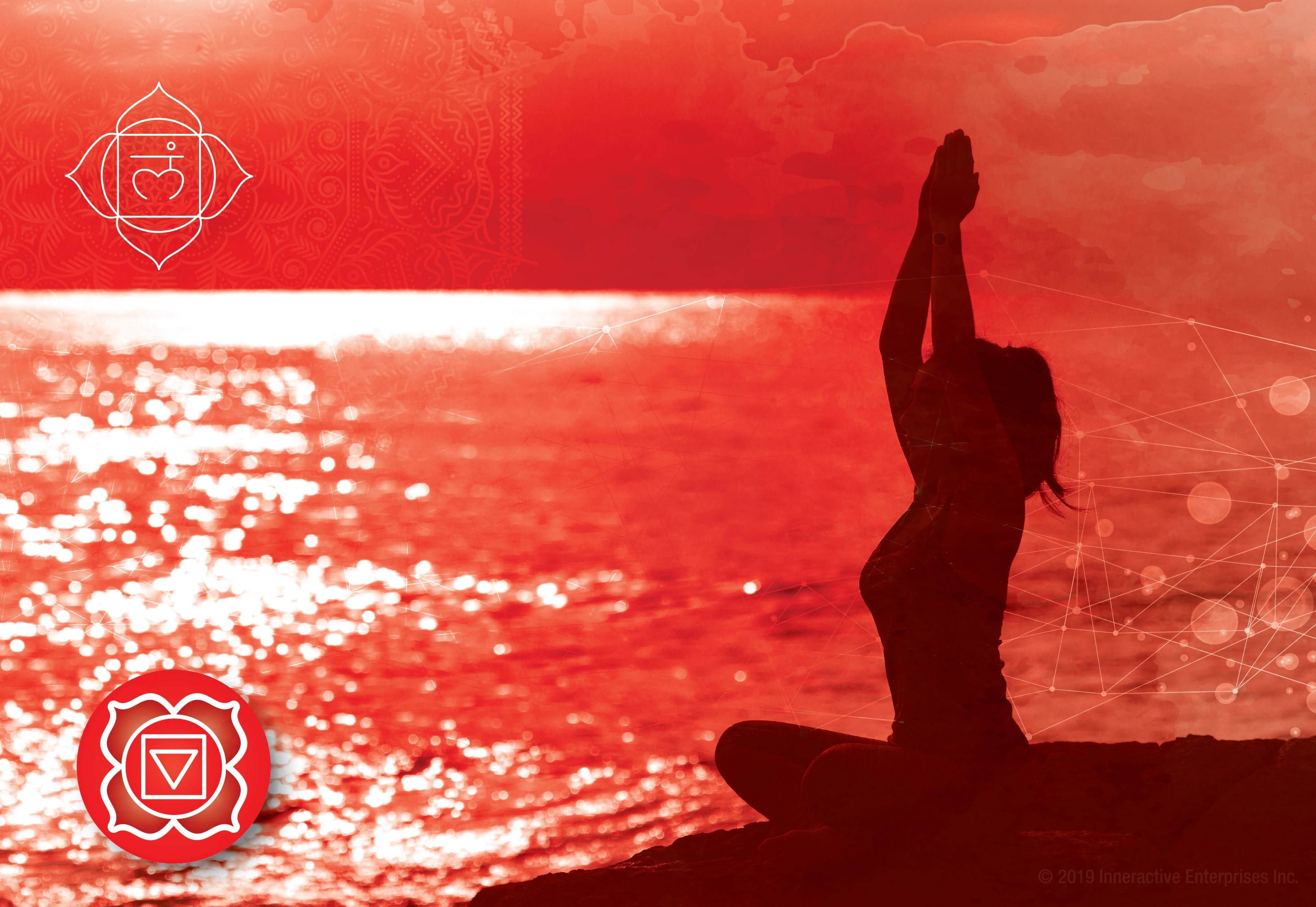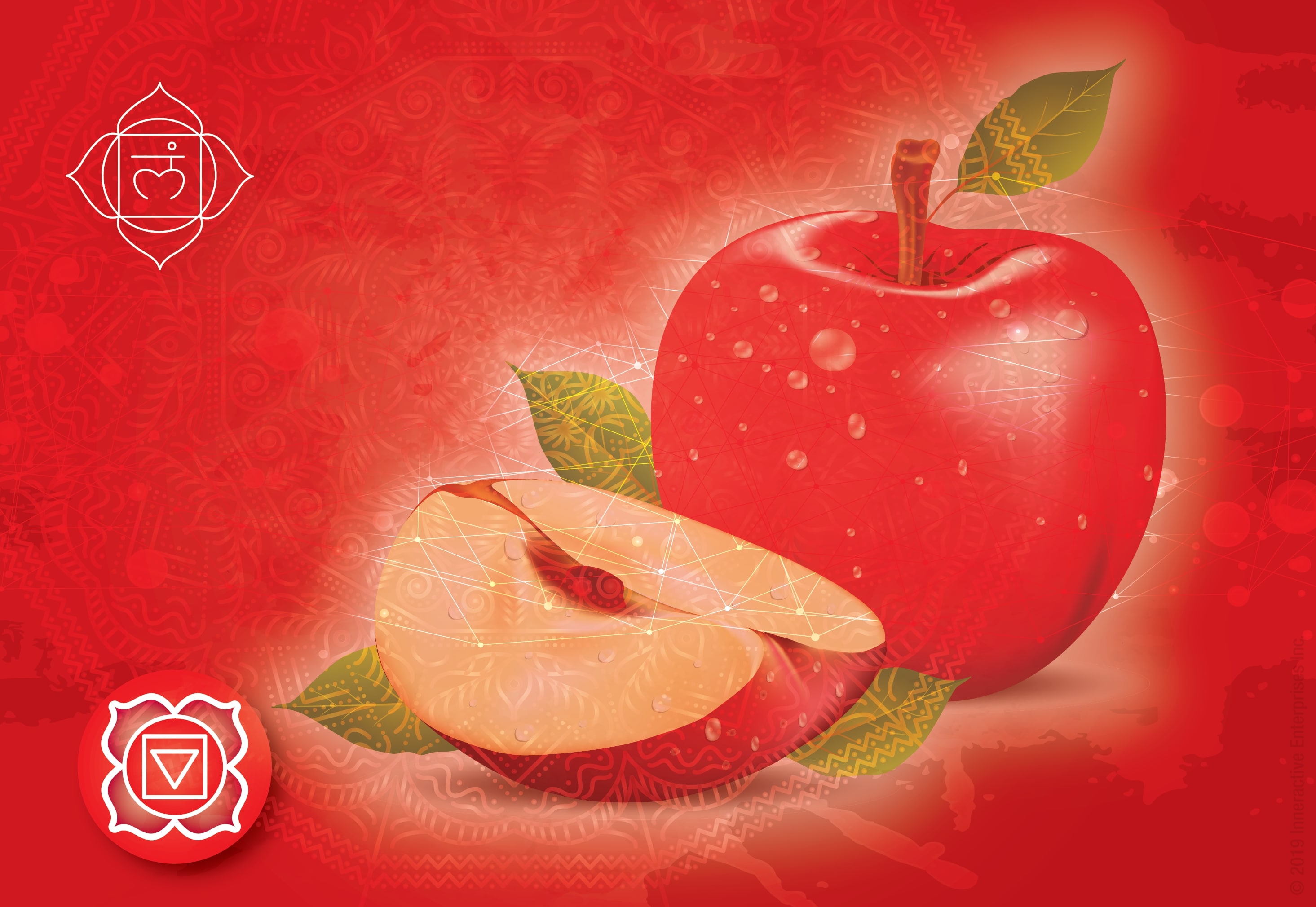The chakra system is comprised of the individual chakras, and each chakra has its own symbol and spiritual meaning. The first chakra is the root chakra, and it’s a good place to start in terms of understanding the chakras.
Note: This article is written according to people’s beliefs in metaphysics
What does the Solar Plexus Chakra Mean?
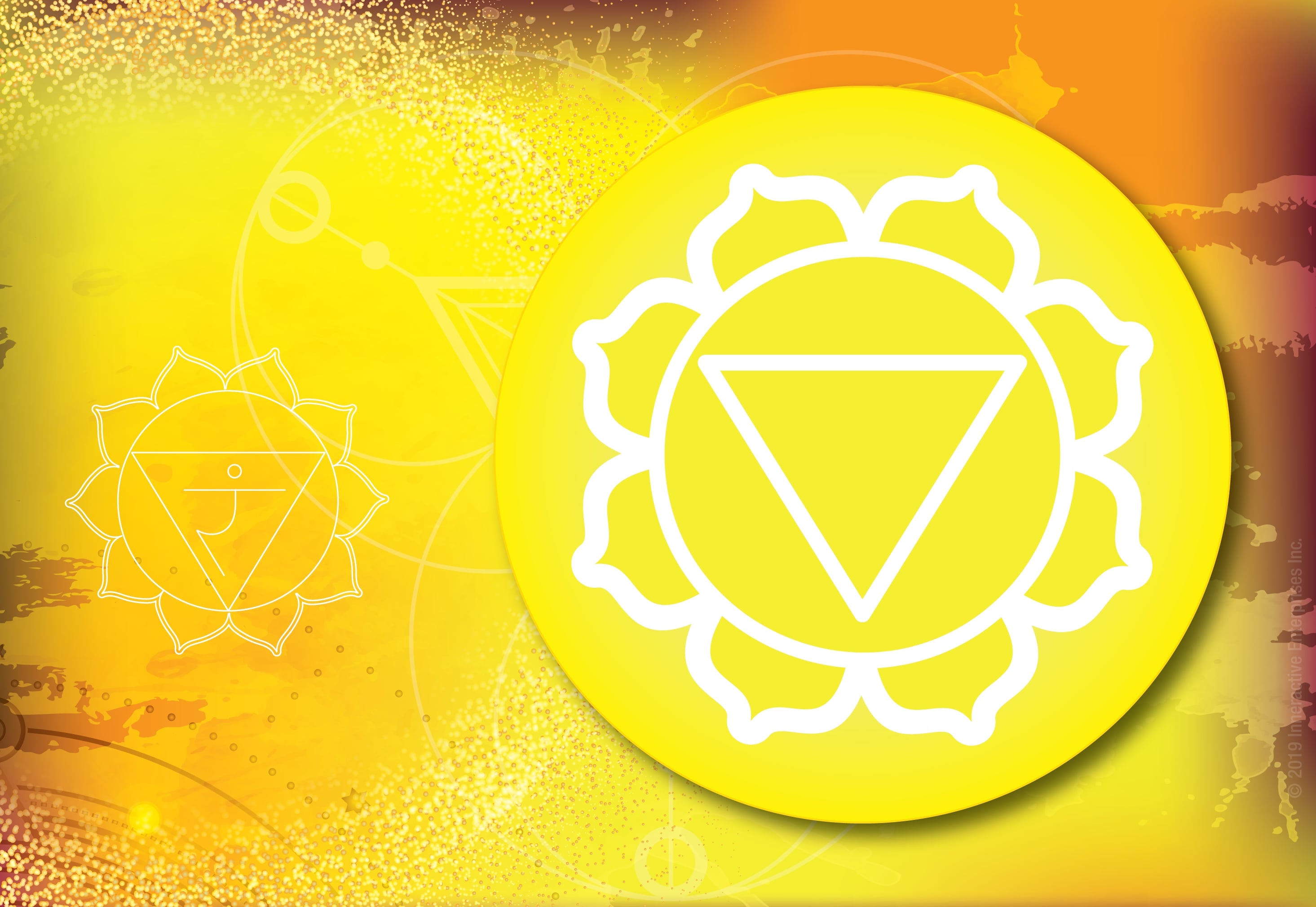
The solar plexus chakra symbol.
Believed to represent the core of the self, or the core personality, the solar plexus chakra is also called Manipura. The word means “lustrous gem” in Sanskrit, as it is a hidden treasure that all people possess. This chakra is the third chakra, coming after the root and sacral chakras, and it is believed to be located in the center of the body. Manipura is sometimes connected with themes of identity, self-confidence, willpower, and clarity.
The solar plexus chakra is understood to be manifesting when you make confident decisions in your life, use your personal power and influence, or assert yourself. This is the chakra of action, and it brings out the best in your personality. Someone who makes confident, inightful decisions in their life may have a healthy solar plexus chakra. Additionally, people with a strong balance between willpower and self-discipline likely have a healthy relationships with their Manipura.
Key Elements of the Solar Plexus Chakra
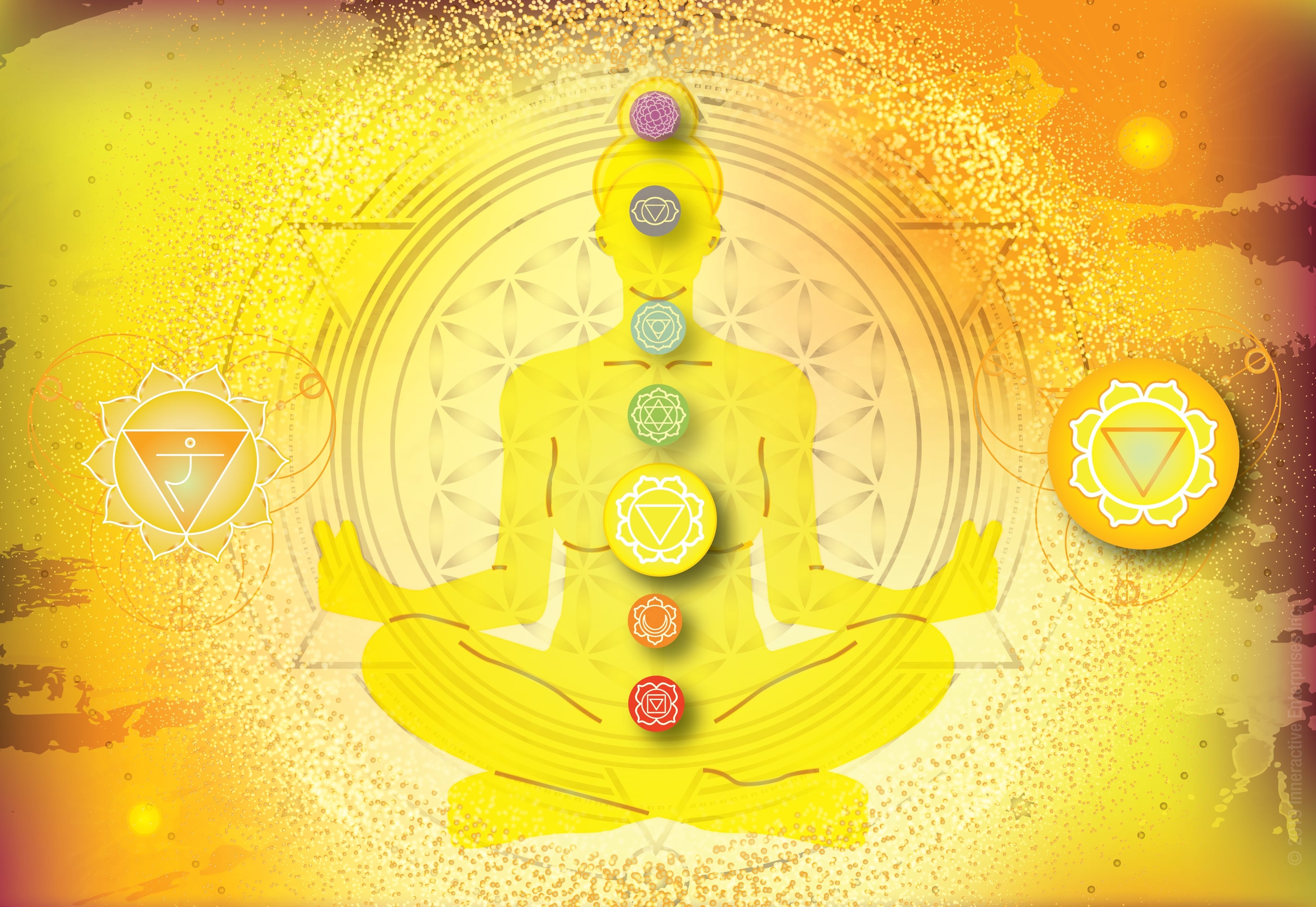
The solar plexus chakra location.
This chakra is believed to be a key part of defining yourself as an individual, and it is somtimes referred to as the Fire Center or Sun Center. As such, this chakra is associated with the element of fire, since it is also responsible for fuelling your actions and providing energy to turn dreams into reality. Manipura is sometimes compared to a tiny spark within each of us, that can send energy outward into the world.
Thought to be located at the center of the naval, the solar plexus chakra is below the heart and above the bellybutton. Some people believe the liver and digestive system may affect this chakra.
The solar plexus chakra is also symbolically linked to the color yellow. Each one of the chakras has a distinct color that symbolizes it’s energy and purpose. They are listed below:
- Red – Root chakra
- Orange – Sacral chakra
- Yellow – Solar Plexus chakra
- Green – Heart chakra
- Blue – Throat chakra
- Indigo – Third Eye chakra
- Purple – Crown chakra
Each one of these chakras also as an illustrated symbol. An inverted triange inside a circle surrounded by ten lotus petals symbolizes the solar plexus chakra. Lotus petals are often associated with the chakras, as they can represent phases of life and rebirth, or spiritual awakening.
Problems with the Solar Plexus Chakra
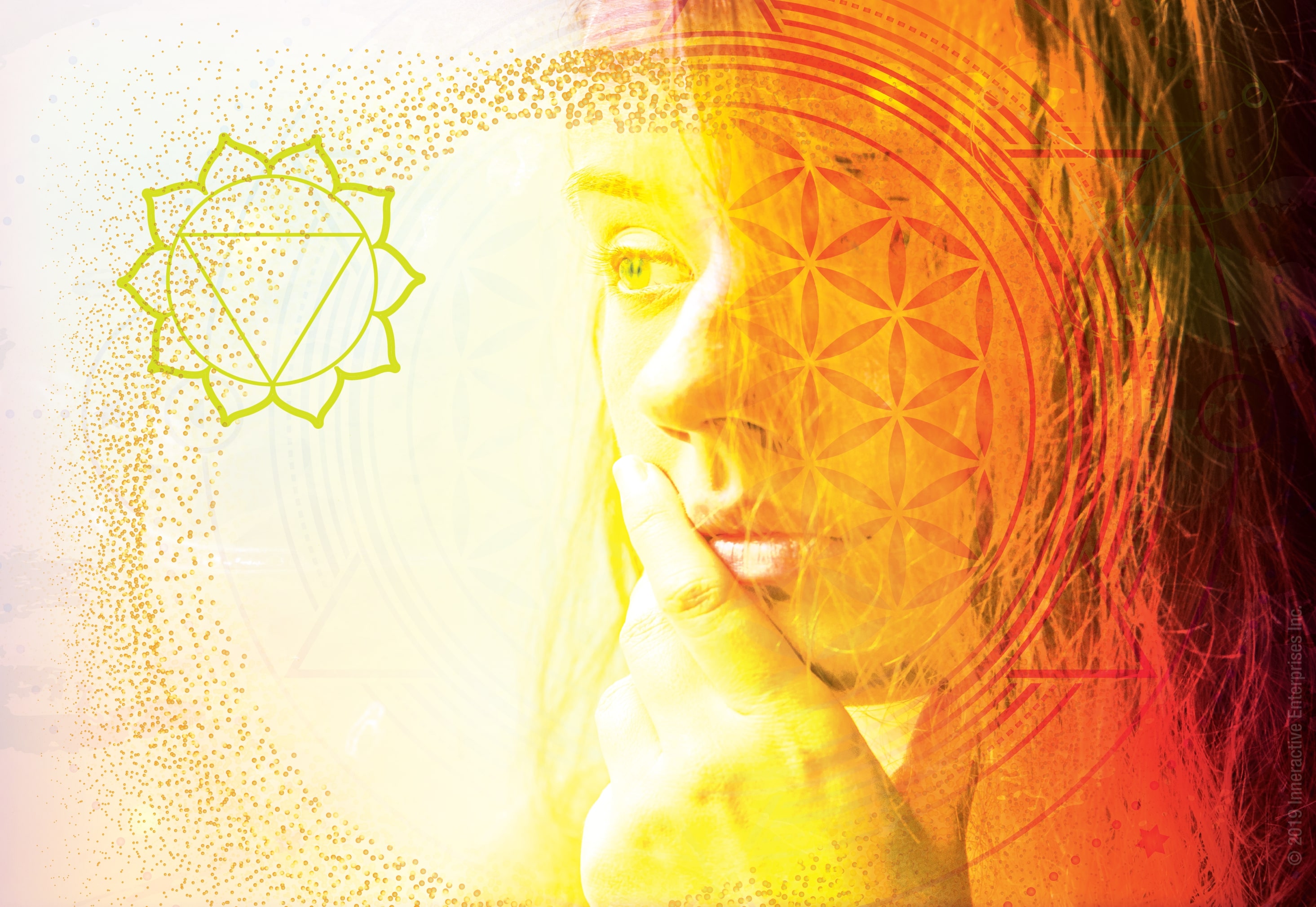
Sadness may accompany problems with the solar plexus chakra.
While there are many upsides to the chakra system, each one of the chakras can exhibit problems, like any other part of the body. An imbalance with one of the points in the system can impact all the other chakras.
Most people will experience an imbalance or blocked chakra at some point—it’s just part of life. These imbalances can be triggered by stressors or major life changes, such as moving to a new city, anxiety about the future, pressure at work, or a change to an established routine. When the chakras become blocked due to events like these, the energy in the body becomes stagnant and can no longer move freely. A chakra may underperform, and the other chakras in the system may try to overcompensate for it.
There are several psychological symptoms that may impact the third chakra. These include an inability to set boundaries, anxiety or depression, lack of self-control and low self-esteem. Problems with digestion and weigh gain or weight loss are also sometimes associated with this chakra.
These issues can occur when the chakra is either underperforming or overcompensating, so it’s important to understand exactly why the chakra is out of balance.
Feeling a loss of your sense of self may be connected to a deficiency in your solar plexus chakra. Since it is the center of a person’s sense of self, when it stops performing it can be difficult to feel comfortable in your own skin. You may feel low self-esteem, a lack of purpose, indecisiveness, and unsure about making decisions.
On the flip side, and overcompensating solar plexus chakra is also a problem. A person who is overly judgemental, aggressive, angry, pushes their will onto others and refuses to compensate may have an imbalanced chakra.
Healing the Solar Plexus Chakra
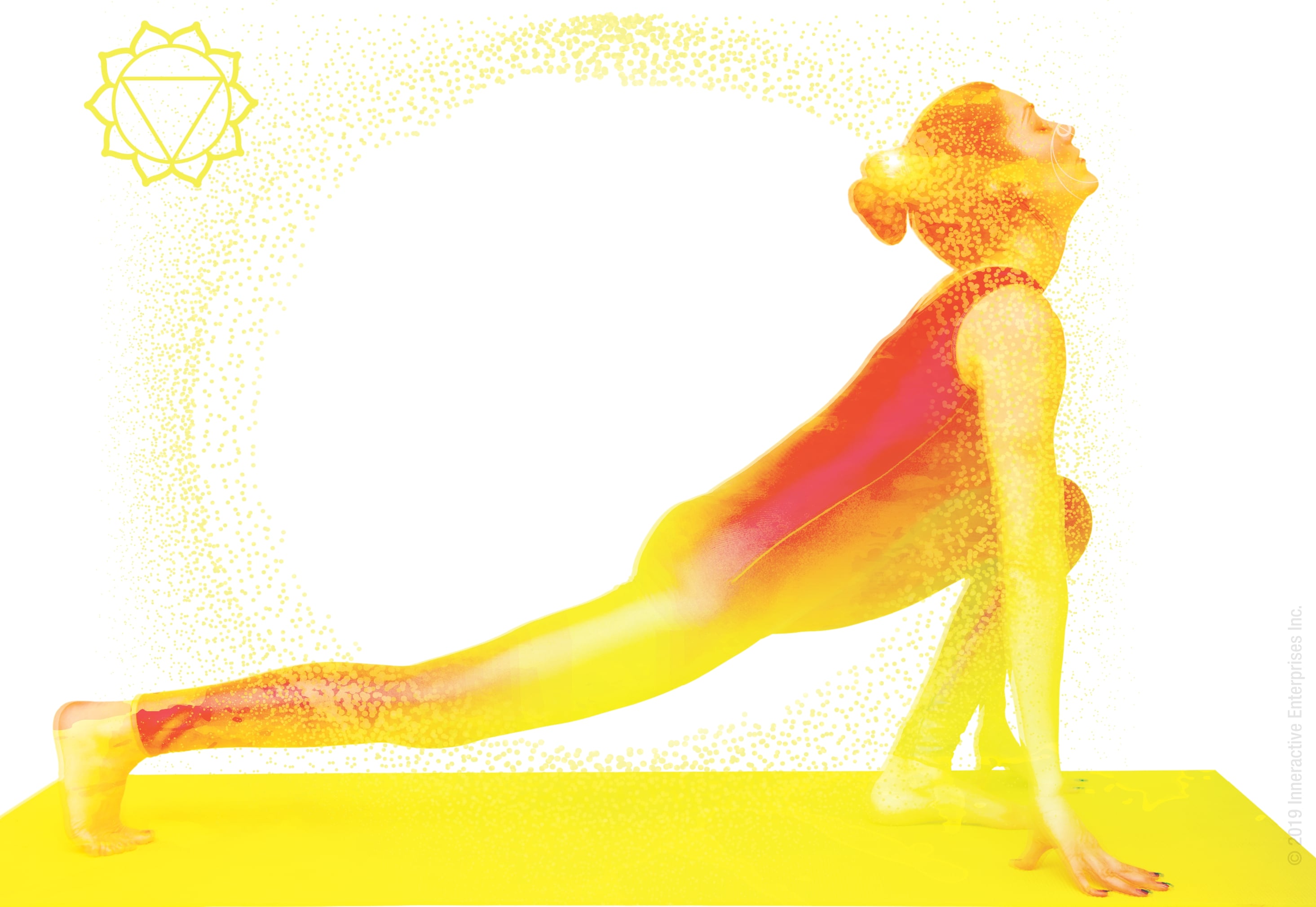
Learning to heal the solar plexus chakra can bring many benefits.
Luckily, no matter how bad it may seem, spiritual experts have found several strategies to try and heal an imbalanced chakra. There are many methods, and you may need to try several different ways and be patient before you see results.
Healing Stones for the Solar Plexus
The yellow chakra is supposed to represent bright, happy energy. To tap back into this symbolic meaning, try meditating or surrounding yourself with yellow stones that mimic this chakra’s energy. Popular choices include amber, tiger’s eye, and citrine. Additionally, keeping these stones on your person while breathing in aromatic essential oils like cedarwood and marjoram can help unblock this chakra.
Solar Plexus Yoga Poses
There is nothing like yoga to add a physical connection to finding spiritual balance. By timing the breath with flowing movements, you can experience the benefits of this ancient practice.
There are several yoga poses that are thought to be particularly beneficial for the third chakra. They include boat pose, sun salutations, and warrior poses. These positions all engage the core muscles, heightening the energy flow around the solar plexus chakra.
Meditation for Healing the Solar Plexus Chakra
Meditation is a tried-and-true method for finding peace and solace within yourself. To deepend the connection with the fiery yellow energy of this chakra, consider meditating in the sunshine or somewhere warm if possible. Envision a vibrant yellow sunflower over your navel as an added visualization exercise.
Think on these affirmations as you meditate:
- I am authentic.
- I have power.
- I choose loving relationships.
- I love and accept myself.
- My life has purpose.
Try out one of these methods or a combination as you discover the hidden treasure of your own personal gem in the Solar Plexus Chakra.
]]>